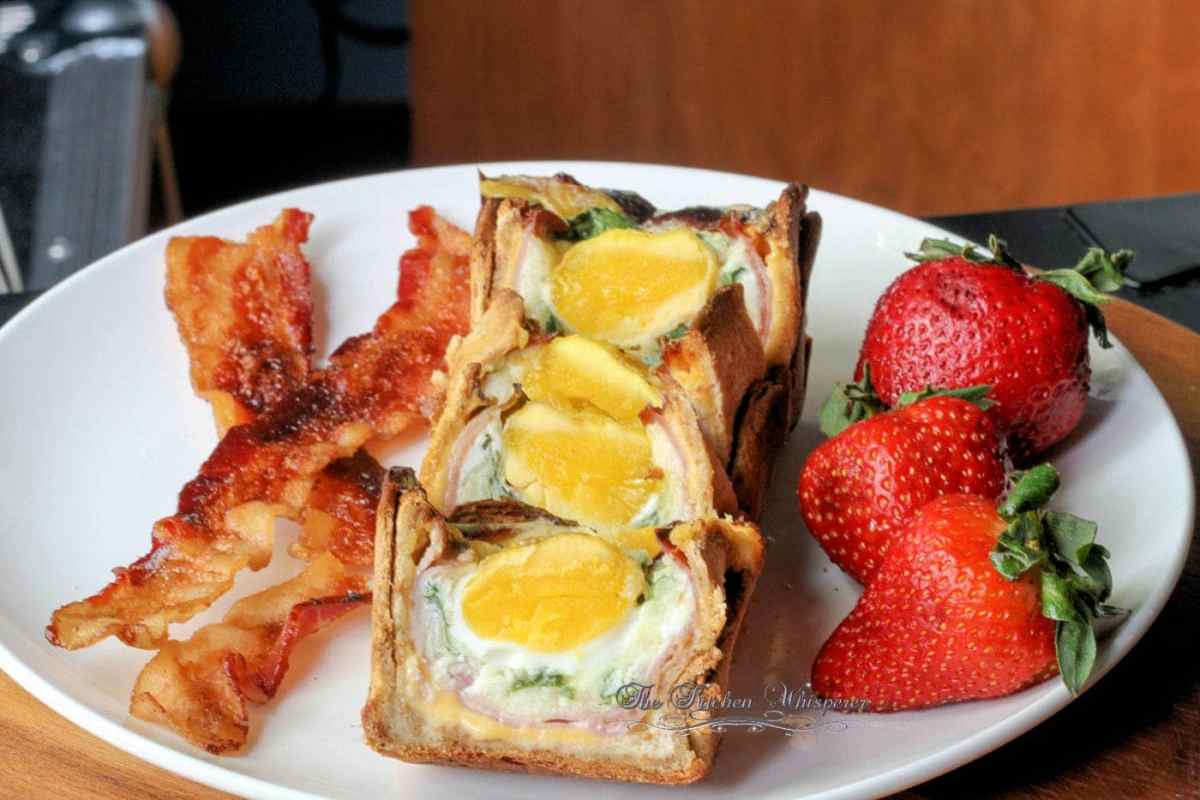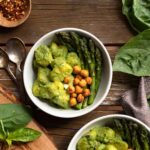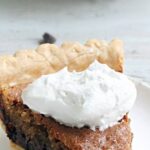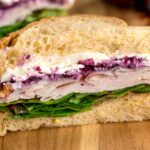Craving a delicious, wholesome breakfast loaf but avoiding nuts? This guide unveils the secrets to crafting perfect nut-free loaves, bursting with flavor and texture. We’ll explore essential ingredients and their clever substitutes, guiding you through each step – from mixing the batter to achieving that golden-brown crust. Prepare to be amazed by the versatility of nut-free baking, transforming simple ingredients into extraordinary breakfast treats.
Discover how to achieve the ideal batter consistency, a fluffy crumb, and a moist interior, all while sidestepping common baking pitfalls. Learn to adapt recipes to your preferences, experimenting with exciting flavor combinations and creative presentations. Whether you’re a seasoned baker or a kitchen novice, this comprehensive guide empowers you to bake nut-free breakfast loaves that will impress even the most discerning palates.
Essential Ingredients & Substitutions for Nut-Free Baking

Creating delicious and wholesome nut-free breakfast loaves requires careful consideration of ingredient choices. The right combination will deliver a moist, flavorful, and satisfying result, even without the richness typically associated with nuts. Understanding the role of each ingredient and exploring suitable substitutes is key to achieving baking success.
Key Ingredients and Their Roles
Each ingredient in a nut-free breakfast loaf contributes significantly to the final product’s texture and flavor profile. Flour provides structure, while liquids add moisture and help gluten development (if using wheat flour). Sweeteners contribute to the overall taste and browning, while leavening agents create the desired rise. Finally, fats add richness and moisture, contributing to a tender crumb.
| Ingredient | Substitute | Flavor Impact | Texture Impact |
|---|---|---|---|
| Flour (All-purpose, Whole Wheat, etc.) | Gluten-free flour blend (e.g., almond flour, oat flour – if not avoiding grains) | Minimal change, slight variation depending on flour type | Can be slightly drier or more crumbly with gluten-free options. |
| Nut Butter (e.g., almond, peanut) | Sunflower seed butter, pumpkin puree, tahini, applesauce | Sunflower seed butter offers a mild, slightly nutty flavor; pumpkin puree adds subtle sweetness; tahini brings a sesame flavor; applesauce provides a mild sweetness. | Sunflower seed butter provides a similar richness; pumpkin puree adds moisture but can make the loaf slightly denser; applesauce results in a moister, slightly less dense loaf. |
| Eggs | Applesauce (1/4 cup per egg), flax eggs (1 tbsp flaxseed meal + 3 tbsp water per egg), mashed banana | Applesauce adds sweetness; flax eggs have a slightly nutty flavor; banana adds sweetness and moisture. | Applesauce and banana add moisture; flax eggs can slightly alter texture. |
| Leavening Agent (Baking powder, baking soda) | No direct substitute, essential for rise. | None | Without leavening, the loaf will be dense and flat. |
Nutritional Comparison of Substitutes
The nutritional profile of your nut-free breakfast loaf will vary depending on the substitutes you choose. For example, sunflower seed butter offers a good source of healthy fats and protein, while pumpkin puree contributes vitamins and fiber.
| Substitute | Fat (g/100g) | Protein (g/100g) | Fiber (g/100g) |
|---|---|---|---|
| Sunflower Seed Butter | ~50 | ~20 | ~8 |
| Pumpkin Puree | ~0.5 | ~1 | ~2 |
| Applesauce | ~0.5 | ~0.3 | ~2 |
*Note: These values are approximate and can vary depending on the brand and specific product.*
Step-by-Step Baking Process
Creating a moist and flavorful nut-free breakfast loaf requires careful attention to the mixing process. The order of ingredient addition significantly impacts the final texture and rise of the loaf. Following these steps will ensure a consistently delicious result.
Wet Ingredients Combination
Begin by combining the wet ingredients. This typically includes eggs, oil (or melted butter), and milk or yogurt. Whisk these together vigorously in a large bowl until they are thoroughly blended and emulsified. The mixture should be smooth and slightly creamy, with no streaks of oil visible. This emulsification process helps to create a tender crumb in the final loaf. Imagine a beautifully smooth, pale yellow liquid, almost like a light custard in consistency.
Dry Ingredients Combination
In a separate bowl, whisk together the dry ingredients. This usually involves flour, sugar, baking powder, baking soda, and any spices you’re using. Sifting the flour beforehand is recommended to aerate it and prevent lumps, resulting in a lighter loaf. The dry ingredients should be completely combined and appear as a fluffy, light cloud of floury goodness. Any clumps should be broken down completely.
Combining Wet and Dry Ingredients
Gradually add the dry ingredients to the wet ingredients, mixing gently with a rubber spatula or wooden spoon. Avoid overmixing, as this can develop the gluten in the flour and lead to a tough loaf. Mix only until the dry ingredients are just incorporated and no visible streaks of flour remain. The batter should be thick but pourable, resembling a thick pancake batter in consistency; it should hold its shape slightly but still flow from the spoon.
Adding Additional Ingredients
If your recipe includes additional ingredients like raisins, cranberries, or chocolate chips, gently fold them into the batter at this stage. Be careful not to overmix. The batter should now have a slightly speckled appearance, depending on the add-ins, maintaining its thick but pourable consistency.
Preparing the Loaf Pan
Properly preparing the loaf pan is crucial for preventing sticking and ensuring an even bake. Generously grease the pan with butter or oil, then dust it with flour, tapping out any excess. Alternatively, line the pan with parchment paper, ensuring it extends over the sides to allow for easy removal. A properly prepared pan will result in a loaf that slides out cleanly, boasting beautifully even golden-brown sides. Imagine the gleaming, buttered pan ready to receive the luscious batter.
Baking perfect nut-free breakfast loaves is within everyone’s reach! By understanding the role of each ingredient, mastering the mixing technique, and troubleshooting potential problems, you can consistently create delicious and healthy loaves. Experiment with different flavors and presentations to discover your signature creation. The journey from simple ingredients to a warm, fragrant loaf is a rewarding one – enjoy the process and savor the delightful results.
User Queries
Can I freeze nut-free breakfast loaves?
Yes! Wrap the cooled loaf tightly in plastic wrap, then foil, and freeze for up to 3 months. Thaw overnight in the refrigerator before serving.
What if my loaf is too dense?
This often indicates overmixing or insufficient leavening. Ensure you’ve gently folded in the dry ingredients and haven’t over-mixed the batter. Check your baking powder/soda expiry date.
What are some good additions for extra flavor?
Consider adding zest of lemon or orange, extracts like vanilla or almond, or spices like cinnamon, nutmeg, or cardamom. Chocolate chips, dried cranberries, or chopped apricots also work well.
How can I tell if my loaf is fully baked?
Insert a toothpick into the center; if it comes out clean or with just a few moist crumbs, it’s done. The loaf should also spring back slightly when gently pressed.


